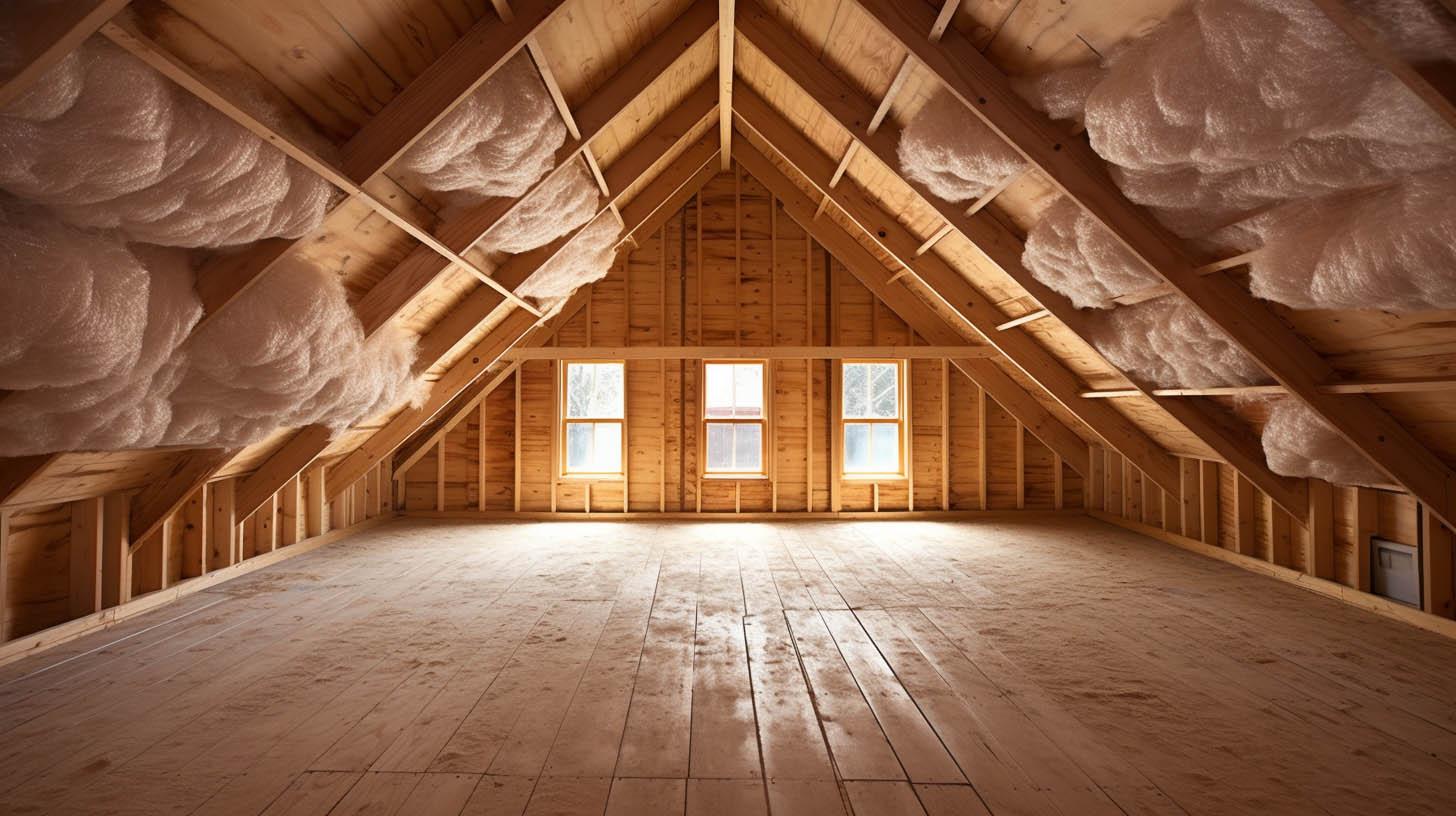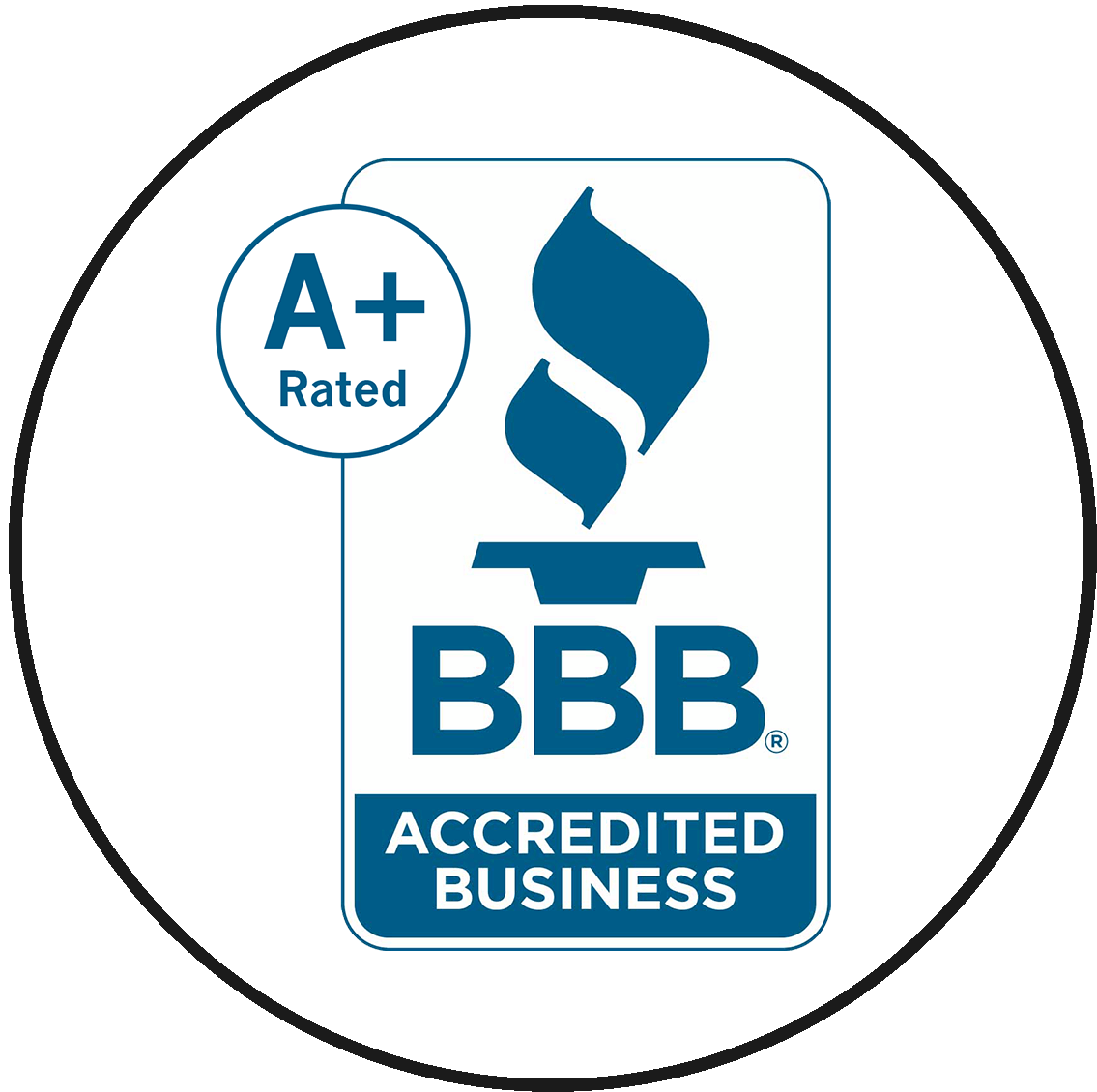
Understanding the Basics of Attic Insulation
Attic insulation plays a pivotal role in maintaining the energy efficiency and comfort of your home. The right insulation can significantly reduce heating and cooling costs, making your living space more environmentally friendly and cost-effective. However, many homeowners face the dilemma of whether to mix old and new insulation materials in their attic. This guide aims to provide clear insights into this common question, ensuring you make informed decisions for your home.
The Art of Mixing Attic Insulation
The concept of mixing different types of attic insulation often arises when homeowners are looking to enhance their existing insulation without completely removing the old material. The key is to understand that if the existing insulation is dry, intact, and free from damage (like rot, dampness, or insect infestation), it can still serve its purpose effectively. In such cases, adding new insulation materials on top of the old ones is not only feasible but also cost-effective.
Selecting the Right Insulation Material
When considering additional insulation, it’s crucial to choose materials that complement the existing setup. Options like spray foam, blown insulation (such as AttiCat® Insulation from Owens Corning), or unbacked batts are excellent choices. These materials can seamlessly integrate with most existing insulation types, enhancing the overall thermal performance of your attic.
Identifying and Addressing Insulation Gaps
A common issue in many attics is the presence of gaps that can lead to significant energy losses. These gaps often occur around chimneys, at the roof’s edges, or where fixtures like lights and fans are installed. Identifying and sealing these gaps is essential for maximizing the efficiency of your attic insulation.
Professional Assessment and Installation
For homeowners in Huntsville AL, seeking the expertise of a professional roofing company like Advanced Roofing & Construction, LLC is a wise decision. A thorough assessment by skilled technicians can reveal hidden issues like rodent nests, insect infestations, mold growth, or moisture problems. Addressing these issues before adding new insulation ensures the longevity and effectiveness of your attic insulation.
Avoiding Over-Insulation
While it might seem that more insulation equates to better energy efficiency, there is a point of diminishing returns. Over-insulating your attic can impede proper airflow, leading to issues like moisture buildup and reduced indoor air quality. It’s essential to strike the right balance, adhering to recommended insulation levels for your specific geographic area.
The Role of Attic Insulation in Home Value
Investing in quality attic insulation not only improves your home’s energy efficiency but also enhances its overall value. A well-insulated home is more attractive to potential buyers, as it promises lower energy costs and increased comfort.
Conclusion
In conclusion, mixing old and new attic insulation can be a practical and cost-effective approach to enhancing your home’s energy efficiency. However, it requires careful consideration of the existing insulation’s condition, the selection of compatible materials, and professional assessment and installation. By following these guidelines, homeowners in Huntsville AL can enjoy a more comfortable, energy-efficient home with the expertise of Advanced Roofing & Construction, LLC.







